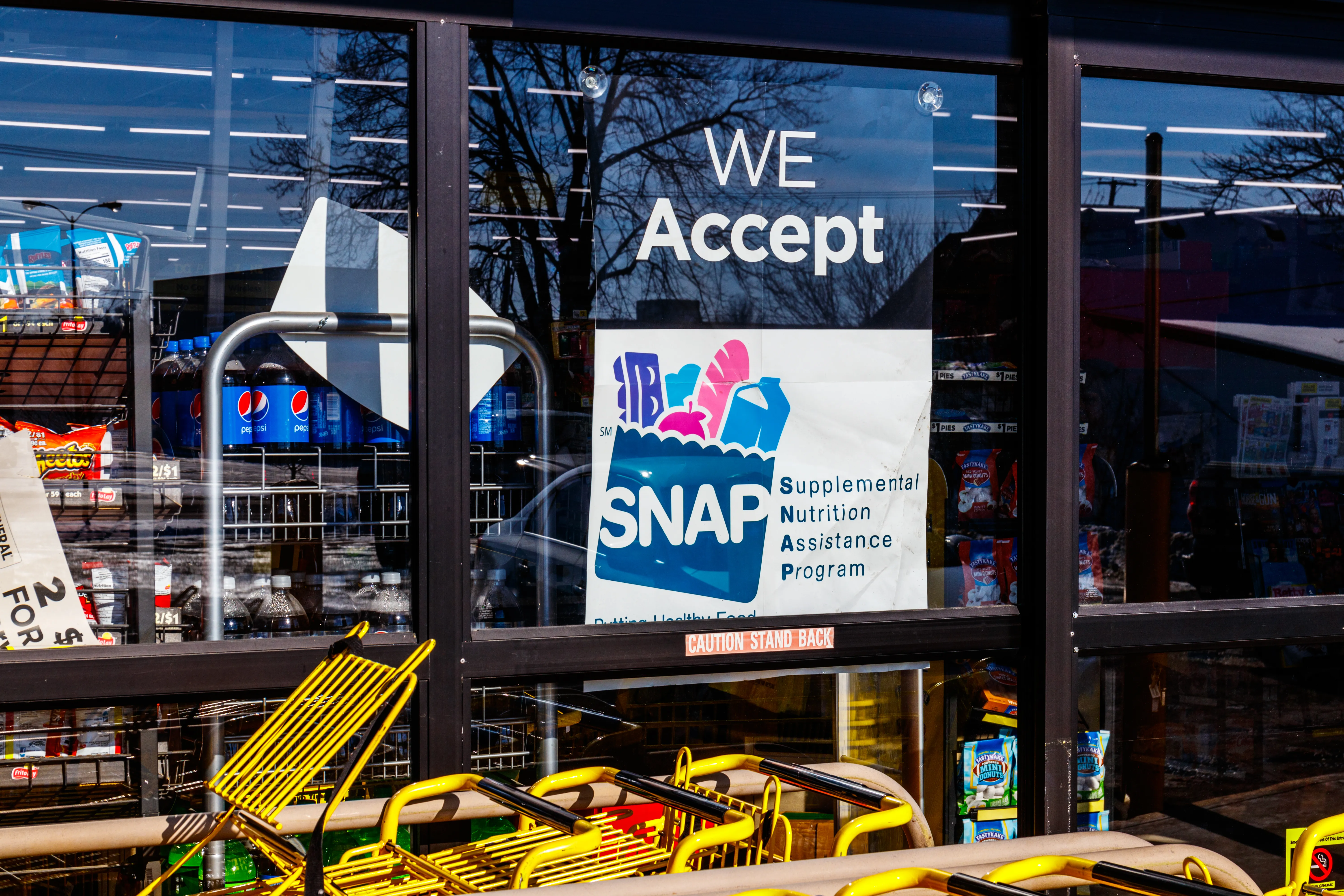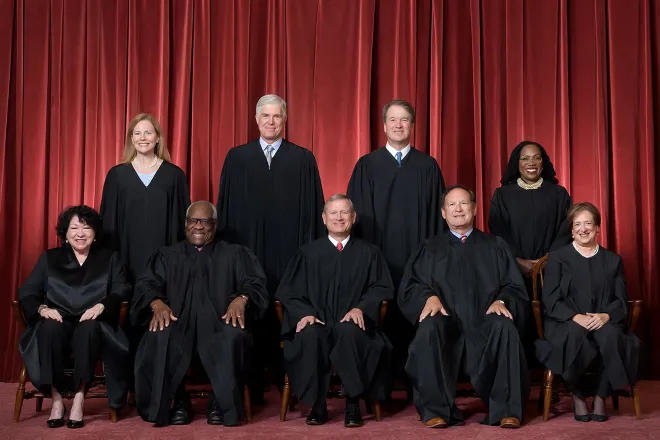
Minnesota's no-cost school meals draw interest from research community
Click play to listen to this article.
(Minnesota News Connection) As Minnesota school districts near the halfway point of the academic year, plans are taking shape to study the effectiveness of no-cost meals for all students.
In recent months, schools have started implementing so-called "universal lunches" - after getting legislative approval this past spring.
Supporters say providing free breakfast and lunch, no matter a student's family income, reduces stigma and can boost classroom participation.
Hunger Solutions Minnesota has received a federal grant to measure how this approach is faring. The group's Associate Director Rachel Holmes said an undertaking like this needs attention and feedback.
"We really want to make sure that this is working for people," said Holmes. "It's the first time we're doing this - there are some things that might need to be worked out. We want to make sure that the program is reaching everybody, that it's working for everybody."
A key focus will be the impact on Black, American Indian, and Latino students.
Holmes said they're interested in whether students have enough time to eat the meals, and if enough culturally appropriate foods are being offered.
Minnesota is one of eight states to approve a permanent universal school meal program.
Clarissa Hayes is deputy director for school and out-of-school time programs with the Food Research & Action Center, which helped facilitate the grant.
She said past research has indicated a link between school meal access and higher student achievement, and these new findings could offer a clearer picture of how to shape programs elsewhere in the U.S.
"We know that there is such momentum behind universal school meals, or healthy school meals for all," said Hayes. "That was an option during the pandemic, and one that we know increased food access amongst all students."
It's still an open question how many states will pursue these models since pandemic aid expired.
Michele Hawkinson, food service director for Tracy Area Schools and president of the Minnesota School Nutrition Association, said she's noticed an increase in students requesting meals and teachers reporting students are "less tired" in the classroom.
She said she embraces this new evaluation as teams like hers try to overhaul what's served in cafeterias.
"[We're] trying to stay away from the processed foods," said Hawkinson, "giving them a fresh vegetable and a fresh fruit."
She said they still need families who would normally qualify for free and reduced-price lunches to fill out paperwork. That helps districts get federal funds, reducing the cost to the state for universal meals.















